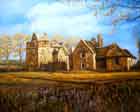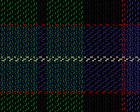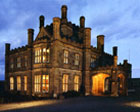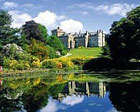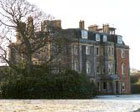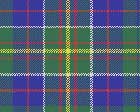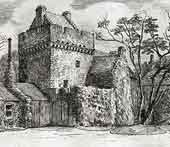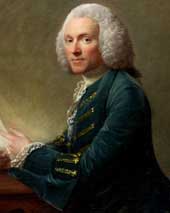 |
||
 |
||
Hunter ClanCursum Perficio |
||||||
|
Clan Hunter information
|
||||||
 |
 |
|||||
|
Clan crest badge |
Clan Castle |
Hunter tartan |
Clan Location |
|||
|
Blairquhan Castle |
Glenapp Castle |
Hunterston House |
new Tartan |
|||
Clan HistoryOne of the earlier mentions of a Hunter in this area is an inquisition by David, Prince of Cumbria, where in 1116 a William Hunter is cited as witness to an inquiry about lands pertaining to the church of Glasgow. In the mid-thirteenth century King Alexander III of Scotland had urged his lieges In the 15th century the Hunter's were the hereditary Keepers of the Royal Forests at Arran and Little Cumbrae. Robert, son of the 20th Laird graduated from Glasgow University in 1643 and became a minister at West Kilbride. He was the founder of the cadet branch known as Hunter's of Kirkland, when he purchased land in that area. Robert, grandson of the 20th Laird, served under The Duke of Marlborough and rose the the rank of General. Robert Hunter (1664 - 1734) was colonial governor of New York and New Jersey from 1710 to 1720. At his inaugural speech in New York he is noted as saying, ""If honesty is the best policy, plainness must be the best oratory" which must have been refreshing at that time of self-importance and ultimate power. Hunterston Castle is located near West Kilbride in Ayrshire. It was originally a wooden fort and around 1250 it was re-built of local sandstone to enhance security in keeping with new technologies. It would be classed as a Peel
or Pele tower - a poor man's castle it was originally surrounded by a moat for extra protection. Hunterston House was originally built in 1799 in the grounds to provide Blairquhan Castle was built for Sir David Hunter Blair, 3rd Baronet in 1823 Glenapp Castle was built in 1870. The estate was bought from the Earl of Orkney in 1864 by James Hunter who was to become the Deputy-Lieutenant of Ayrshire in 1868. The Scottish Baronial style of architecture was designed by the celebrated architect David Bryce. The castle’s sandstone battlements are topped by turrets and towers and it is situated at Ballantrae Ayrshire.
|
||||||
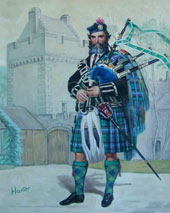
Hunter Clansman
painting
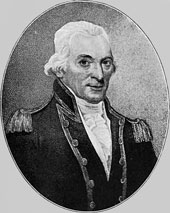
Vice-Admiral John Hunter, British naval officer and colonial administrator, second governor of New South Wales, Australia from 1795 to 1800.
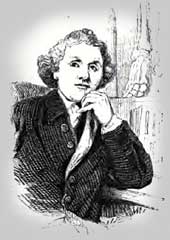
John Hunter
world famous anatomist, brother of William.
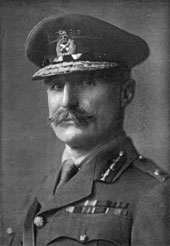
General Alymer Hunter-Weston, served India, Boer War, 1914-1918 war and the start of the 2nd world war, ended up as Member of Parliament. Known as the "Butcher of Helles" for his disregard of the welfare of his troops. Died in 1940 after falling from the turret at Hunterson.
